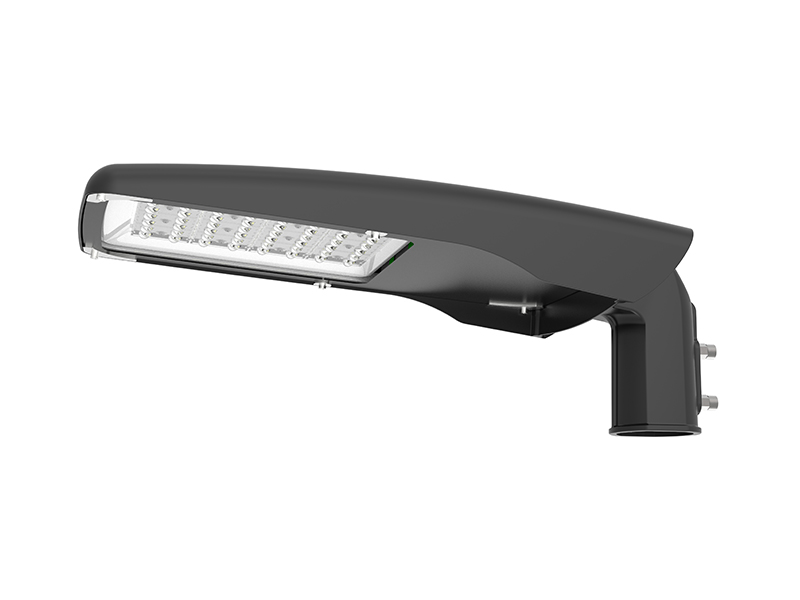Add: No.225, Tanshu Rd, Ninghai, Ningbo City, Zhejiang Province, China
Tel: 0086 574-65358238
Tel: 0086 574-83558067
Tel: 0086 574-65539858
Fax: 0086 574-65570158
In today's rapidly advancing world, the need for effici […]
In today's rapidly advancing world, the need for efficient and sustainable lighting solutions has become increasingly evident. One innovative technology that has gained significant attention is photocell street lights. These intelligent lighting systems utilize photocells, also known as light sensors, to automatically control the illumination levels of streetlights based on ambient light conditions. This essay explores the benefits and potential of photocell street lights, questioning whether they hold the key to a brighter and more sustainable future for our roads.
Enhanced Energy Efficiency:
One compelling aspect of photocell street lights is their ability to optimize energy consumption. Unlike traditional street lights that operate on fixed schedules or manually controlled switches, photocell lights dynamically adjust their brightness in response to natural lighting conditions. By automatically dimming or turning off during daylight hours or in well-lit areas, these lights minimize unnecessary energy usage, reducing both carbon emissions and electricity costs. Such enhanced energy efficiency can make a significant contribution towards achieving sustainability goals and combating climate change.
Improved Safety and Security:
Another vital consideration when it comes to street lighting is public safety. Photocell street lights excel in this area by ensuring optimal visibility at all times. By responding to the changing levels of ambient light, these lights maintain appropriate illumination during the night, helping to enhance road visibility for drivers and pedestrians alike. Moreover, well-lit streets deter criminal activities, as brightly illuminated areas tend to discourage potential wrongdoers. The automatic adjustment feature of photocell street lights guarantees that the lighting remains at an optimal level, promoting safety and security for communities.
Cost-effectiveness and Maintenance:
Implementing and maintaining an efficient street lighting system is a significant expense for municipalities. However, photocell street lights offer potential cost savings in the long run. By reducing energy consumption and providing automatic control, these lights can significantly lower electricity bills for local authorities. Additionally, the improved lifespan of LED-based photocell lights reduces maintenance costs, as they require fewer replacements and repairs compared to traditional lighting technologies. The financial benefits associated with photocell street lights make them an appealing option for communities aiming to optimize their expenditure while prioritizing sustainability.
Adapting to Changing Needs:
One of the notable advantages of photocell street lights is their adaptability to changing requirements. These lights can be easily integrated into smart city initiatives, allowing for remote monitoring and control. Through the use of data analytics and connectivity, municipalities can gather valuable insights on energy usage patterns, lighting performance, and maintenance needs. This data-driven approach facilitates proactive decision-making, ensuring that street lighting infrastructure remains efficient and responsive to evolving community needs. The flexibility and scalability of photocell street lights make them a promising solution for cities and towns aiming to embrace a more connected and sustainable future.
As our societies strive for greener and more efficient solutions, photocell street lights emerge as a promising contender for illuminating our roads. With their enhanced energy efficiency, improved safety measures, cost-effectiveness, and adaptability, these intelligent lighting systems showcase the potential to transform our urban landscapes. While challenges may exist in terms of initial investments and infrastructure upgrades, the long-term benefits in terms of sustainability and cost savings cannot be ignored. Therefore, it is worth exploring and considering the widespread implementation of photocell street lights as we strive for a brighter and more sustainable future.

LED Street Light YASL-24-120 Glass
lnstalling Ways:
Both Horizontal and Vertical available and adjustable angle-15°to+15°
